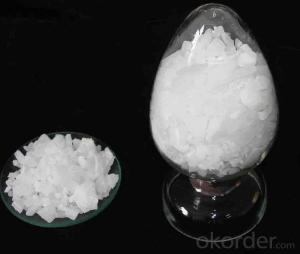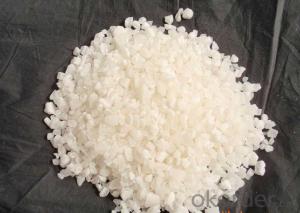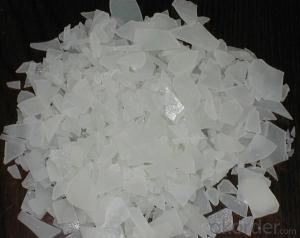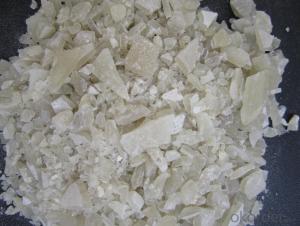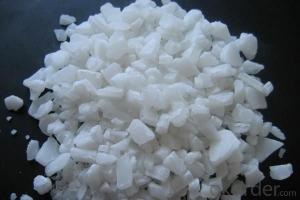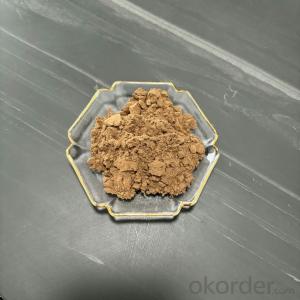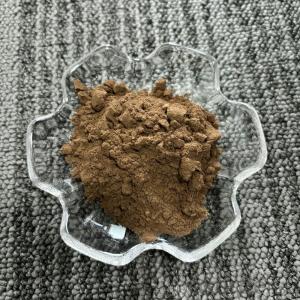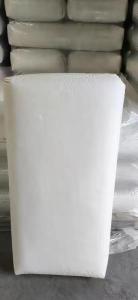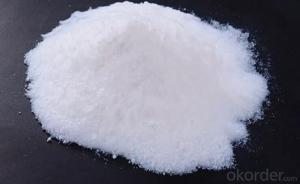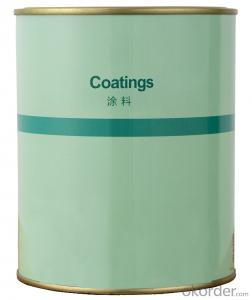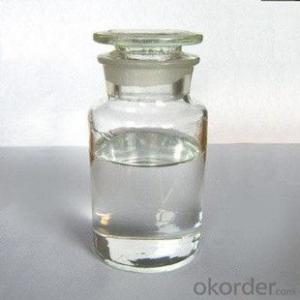Aluminium Sulphate For Drinking Water Treatment
- Loading Port:
- Qingdao
- Payment Terms:
- TT OR LC
- Min Order Qty:
- 25 m.t.
- Supply Capability:
- 12000 m.t./month
OKorder Service Pledge
OKorder Financial Service
You Might Also Like
1. Chemical and Physical Properties:
Product name: Aluminium Sulphate or Aluminum Sulfate
Shape: Flakes or Granular or Powder.
EINECS NO.:233-135-0
CAS No.: 10043-01-3
HS.Code: 28332200
Molecular Formula: Al2(SO4)3
Appearance:It is white or grey flake,particle or massive crystallization.
Apt to cake after moisture absorption when laid in air for a long time.A little green because of Fe2+ ,yellow when Fe2+ is oxided to Fe3+.Soluble in water easily,and water solution is acid.
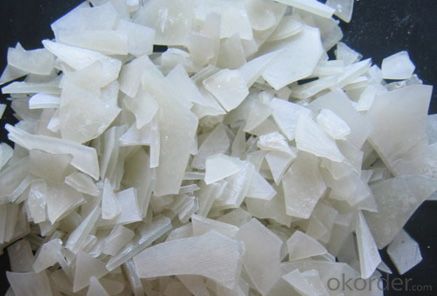
2. Specification:
Standard: HG/T 2225-2001 and HG/T 2227-2004
Items | Specifications | |||
I Type:Low Ferrous/Low Iron | II Type:Non-Ferrous/Iron-free | |||
First Class | Qualified | First Class | Qualified | |
Al2O3 % ≥ | 15.8 | 15.6 | 17 | 16 |
Ferrous(Fe )% ≤ | 0.5 | 0.7 | 0.005 | 0.01 |
Water Insolube % ≤ | 0.1 | 0.15 | 0.1 | 0.15 |
PH (1% aqueous solution) ≥ | 3.0 | 3.0 | 3.0 | 3.0 |
Arsenic(As) %≤ | 0.0005 | 0.0005 | ||
Heavy metal (Pb) %≤ | 0.002 | 0.002 | ||
3.Applications:
Water effluent treatment system
It's used for purification of drinking water and wastewater treatment by settling of impurities by
means of precipitation and flocculation.
Paper Industry
It helps in sizing of paper at neutral and alkaline pH, thus improving paper quality (reducing spots
and holes and improving sheet formation and strength) and sizing efficiency.
Textile Industry
It is used for color fixing in Naphthol based dyes for cotton fabric.
Other Uses
Leather tanning, lubricating compositions, fire retardants; decolorizing agent in petroleum, deodorizer; food additive; firming agent; dyeing mordant; foaming agent in firefighting foams; fireproofing cloth; catalyst; pH control; waterproofing concrete; aluminum compounds, zeolites etc.
4. Package:
Packaging Detail: PP/PE 50kg/bag;25kg/bag;Jumbo bag or according to customers' requirements.
20-25MT will be loaded in per 20'FCL container.
5. Attention and Storage:
The product is liable to absorb moisture and clot due to long-term exposure, so shady, cool and ventilated environment is needed.
My company produced solid industrial aluminum sulfate is light yellow flaky solid, is self-produced high-quality bauxite head stone, sulfuric acid, non-polluting groundwater and other raw materials, pressurized reaction process refining. Is now mainly used for drinking water, industrial wastewater purification, sizing pulp paper industry, oil industry as a clarifying agent, the oil industry as a deodorant bleaching agents, leather tanning, pigment manufacture and so on. No iron sulfate, a white flaky solid aluminum for titanium dioxide post-processing, high-grade paper production and the production of catalyst and so on.
Our company strictly in accordance with the national standard aluminum sulfate production and testing, implementation of standards are:
The implementation of industrial aluminum sulfate HG / T 2225-2001 type of qualified product criteria:
Qualified products: Al2O3 ≥ 15.60% Fe ≤ 0.50%
Water Insoluble ≤ 0.15% pH (1% aqueous solution) ≥ 3.0
No iron sulfate, aluminum implementation of the HG / T 2225-2001 Standard:
First product: Al2O3 ≥ 15.60% Fe ≤ 0.005%
Water Insoluble ≤ 0.20% pH (1% aqueous solution) ≥ 3.0
- Q:Can you describe at least 4 ways a catalyst can lower the activation energy of a reaction?
- To see how a catalyst accelerates the reaction, we need to look at the potential energy diagram shown below which compares the non-catalytic and the catalytic reaction. For the non-catalytic reaction, the figure is simply the familiar way to visualize the Arrhenius equation: the reaction proceeds when A and B collide with succificient energy to overcome the activation barrier. The change in Gibbs free energy between reactants, A + B, and the product P is delta G. The catalytic reaction starts by bonding of the reactants A and B to the catalyst, in a spontaneous reaction. Hence, the formation of this complex is exothermic and the free energy is lowered. There then follows the reaction between A and B while they are bound to the catalyst. This step is associated with an activation energy; however, it is significantly lower than that for the uncatalyzed reaction. Finally, the product P seperates from the catalyst in an endothermic step. The energy diagram illustrates 4 ways the catalyst works : The catalyst offers an alternative path for the reaction that is energetically more favorable The activation energy of the catalytic reaction is significantly smaller than that of the uncatalyzed reaction; hence the rate of the catalytic reaction is much larger The overall change in free energy for the catalytic reaction equals that of the uncatalyzed reaction. Hence, the catalyst does not affect the equilibrium constant for the overall reaction. A catalyst cannot change the thermodynamics of a reaction but it can change the kinetics. The catalyst accelerates both the forward and the reverse reaction to the same extent. In other words, if a catalyst accelerates the formation of product P from A and B, it will do the same for the decomposition of P into A and B.
- Q:Comparison of biocatalysts with chemical catalysts!
- 4, some of the catalytic activity of biological enzymes and related factors .5, most of the enzymes are proteins, which will be high temperature, strong acid, alkali and other broken
- Q:Exemplify the use of green catalysts in green chemistry
- How can a green catalyst, they do not react
- Q:what is the difference between enzyme and catalyst?
- Enzymes and catalysts both affect the rate of a reaction. The difference between catalysts and enzymes is that while catalysts are inorganic compounds, enzymes are largely organic in nature and are bio-catalysts. Even though all known enzymes are catalysts, all catalysts are not enzymes. Moreover, catalysts and enzymes are not consumed in the reactions they catalyze. Catalysts are low molecular weight componds, enzymes are high molecular globular proteins. Catalysts are inorganic, enzymes are organic. Catalyst reaction rates are slower (usually) than enzyme reaction rates. Catalysts are not generally specific - enzymes are VERY specific. Catalysts increase or decrease the rate of a chemical reaction, enzymes are proteins that incrase the rate of chemical reactions & convert the substrate into product. There are 2 types of catalysts - (positive & negative), and the 2 types of enzymes are activation enzymes and inhibitory enzymes. Catalysts are simple inorganic molecules, while enzymes are complex proteins.
- Q:chemistry subject
- copper nickel zinc common catalysts are solid acids such as the silicas, alumina, and zeolites it depends on the reaction
- Q:Is the enzyme in the enzyme bigger than gold?
- No: A biological enzyme is a biocatalyst that is produced or extracted from a biological organism. The catalyst is a substance that accelerates the chemical reaction and does not change itself in the chemical reaction. In layman's terms, the catalyst is a special substance that catalyzes it. Enzyme as a member of the catalyst family has its own special properties. Each of the biological enzymes will only selectively react to some chemical reactions.
- Q:Is the catalyst in the field of inorganic chemistry?
- The catalyst is a branch of physical chemistry
- Q:CO and NO react under the action of a catalyst to generate chemical formulas for CO2 and N2.
- 2CO + 2NO = catalyst = 2CO2 + N2
- Q:When you write a chemical equation, how do you want to add "catalyst" and "?" When you do not have to write?
- This is the need for your memory, write a few times, will naturally cooked
1. Manufacturer Overview |
|
|---|---|
| Location | |
| Year Established | |
| Annual Output Value | |
| Main Markets | |
| Company Certifications | |
2. Manufacturer Certificates |
|
|---|---|
| a) Certification Name | |
| Range | |
| Reference | |
| Validity Period | |
3. Manufacturer Capability |
|
|---|---|
| a)Trade Capacity | |
| Nearest Port | |
| Export Percentage | |
| No.of Employees in Trade Department | |
| Language Spoken: | |
| b)Factory Information | |
| Factory Size: | |
| No. of Production Lines | |
| Contract Manufacturing | |
| Product Price Range | |
Send your message to us
Aluminium Sulphate For Drinking Water Treatment
- Loading Port:
- Qingdao
- Payment Terms:
- TT OR LC
- Min Order Qty:
- 25 m.t.
- Supply Capability:
- 12000 m.t./month
OKorder Service Pledge
OKorder Financial Service
Similar products
New products
Hot products
Hot Searches
Related keywords
